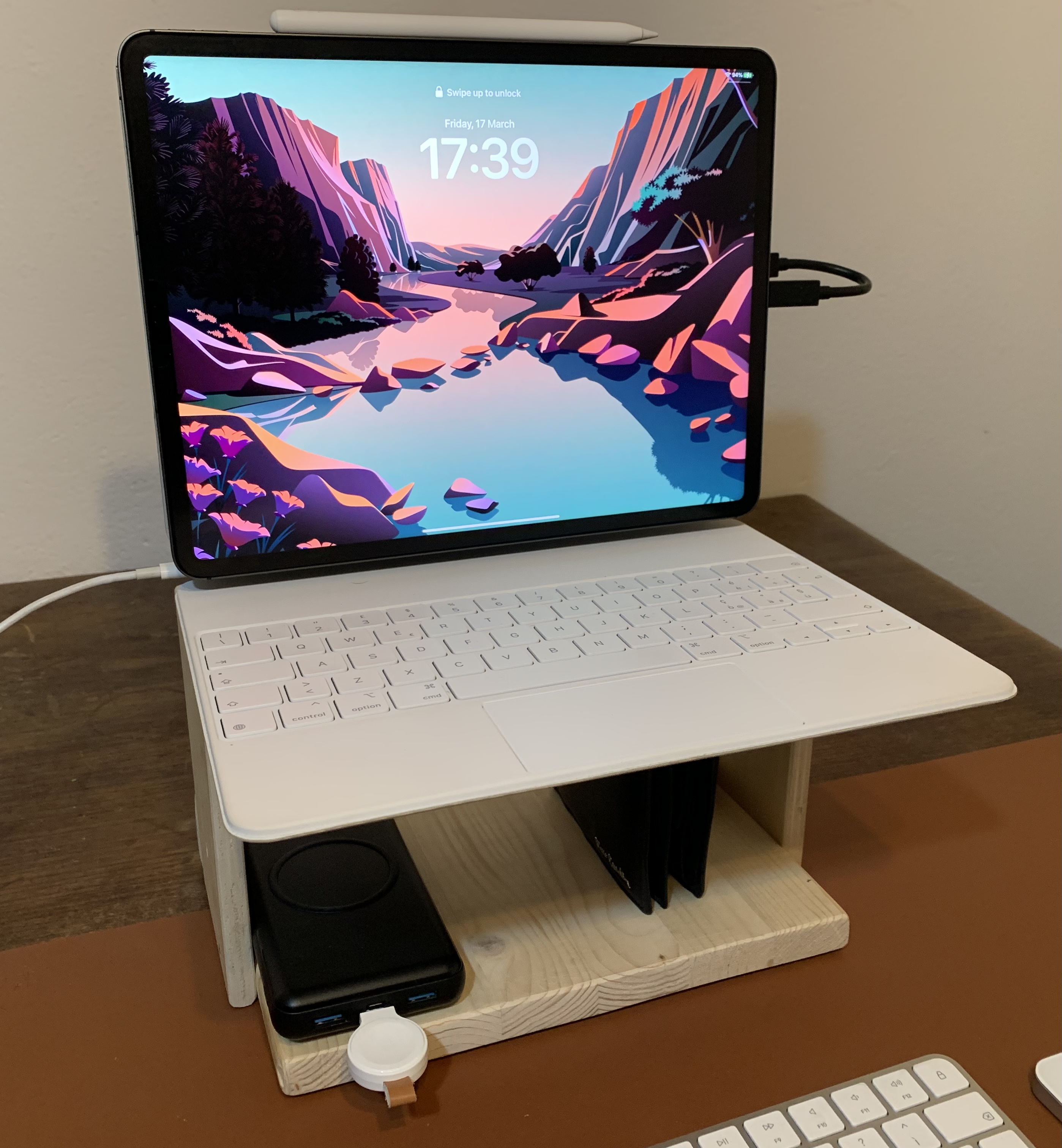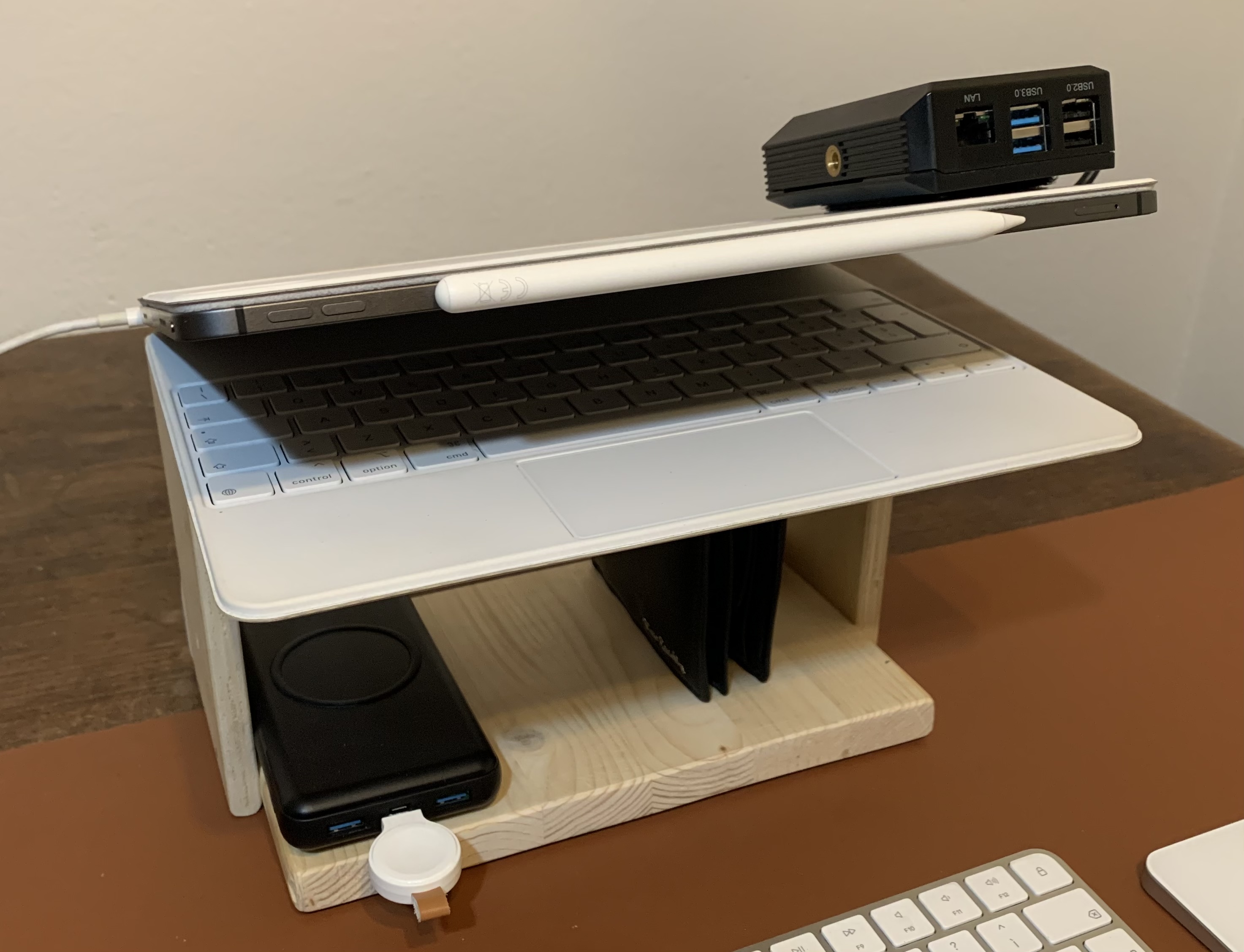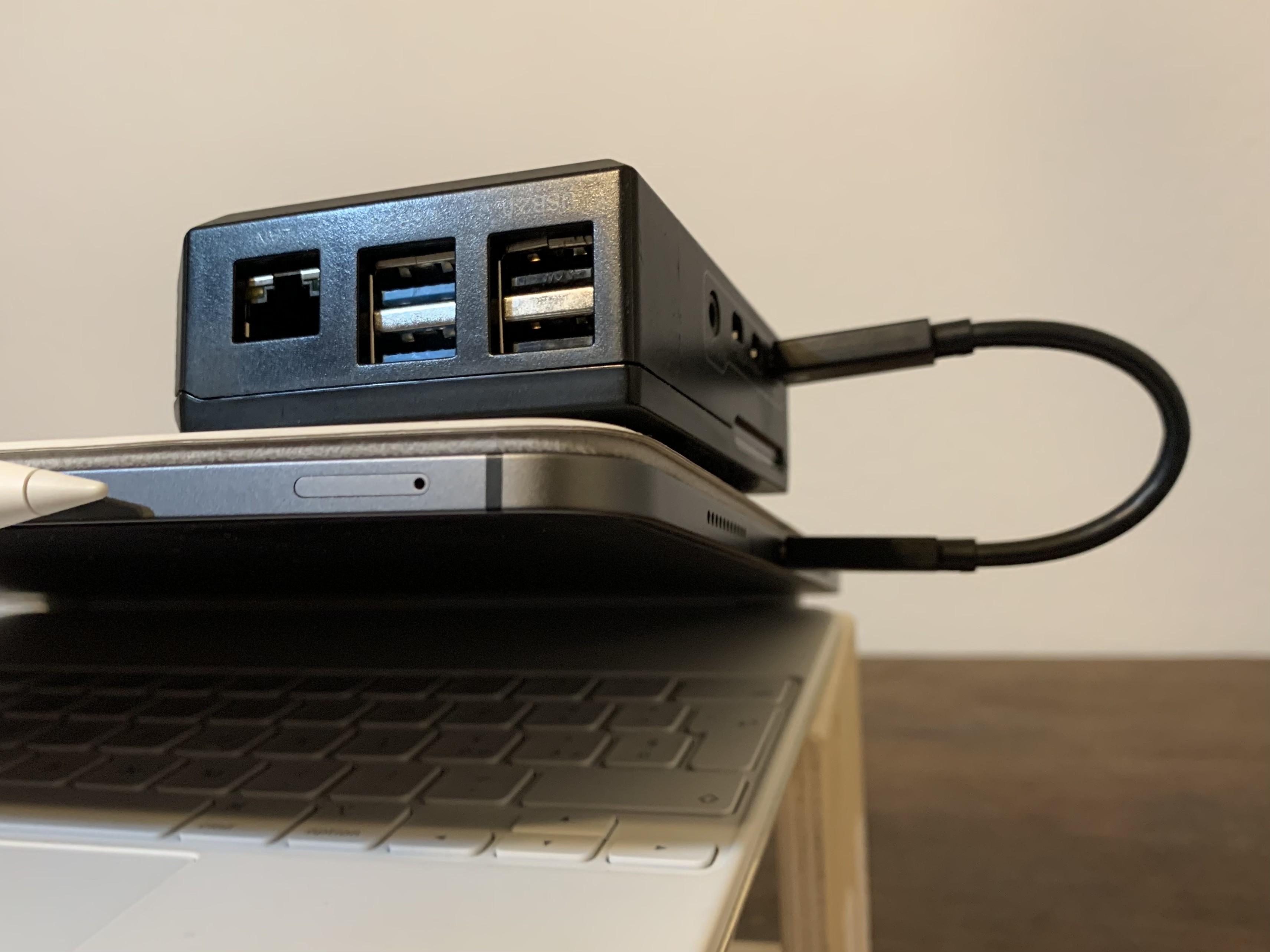In this article, we will explore the different ways to use an iPad for 3D printing, from designing to slicing and printing.
What you’ll need:
- a Raspberry Pi (yes, calm down and stay with me)
- basic design experience with tools like Fusion360, or alternatives like Tinkercad, OnShape and Shapr3d
- basic setup for slicing the STL in Ultimaker Cura
This is definitely not the best setup, but the best one that suits my needs.
Designing the model
After a rough initial idea in your mind and perhaps on paper, designing the model is the next step in the 3D printing process.
To do that on an iPad you have various options: I am personally trying out Shapr3d, OnShape and Tinkercad to find what like most.
I’ll leave it up to you to decide which one you prefer.
You know the drill: chamfer, extrude and subtract your way to your own STL
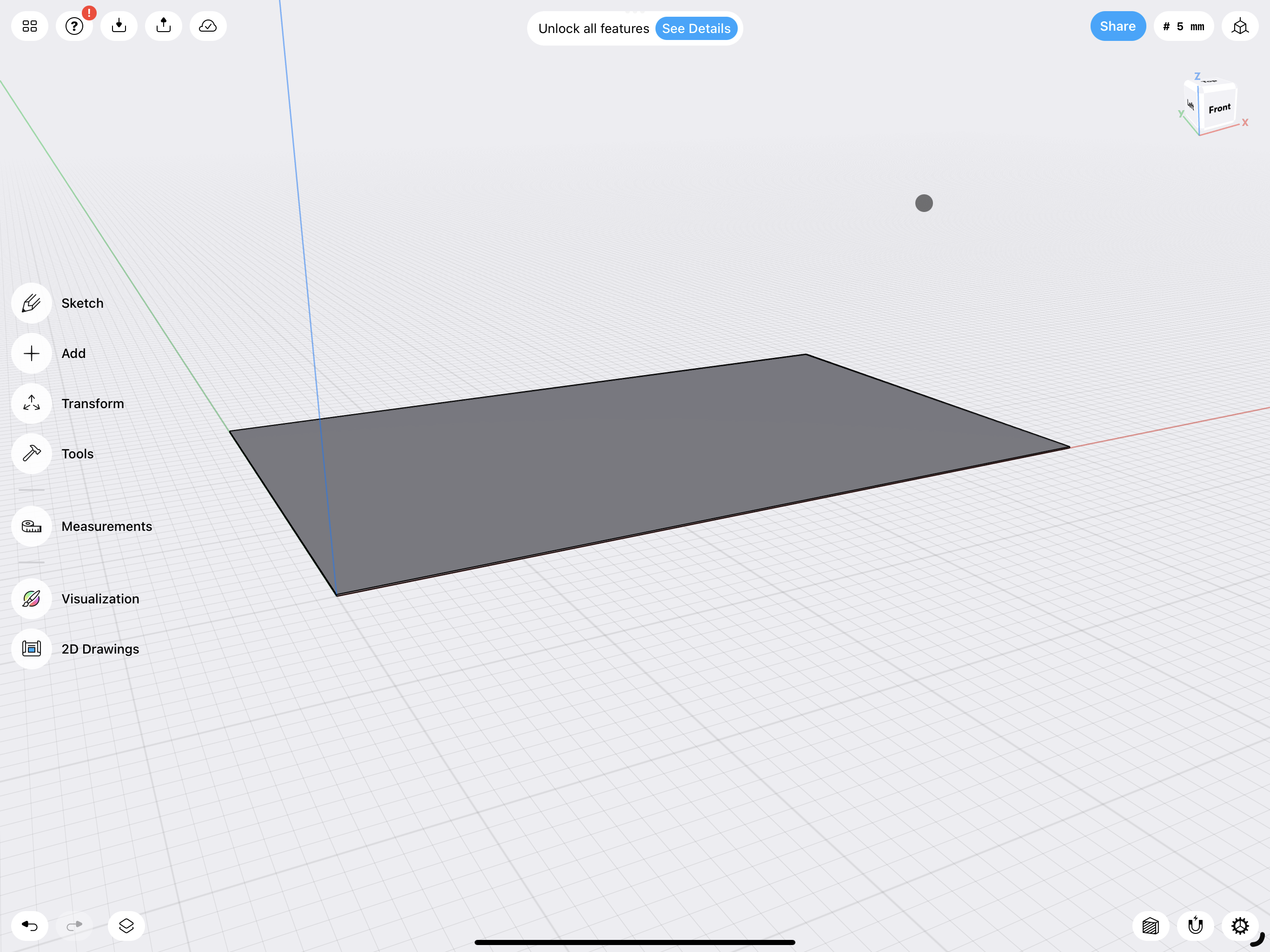
Slicing the model
To do that I’m using my Raspberry Pi.
Namely by connecting to it via VNC and using Ultimaker Cura.
Check out this link to set it up on your Pi.
Is it awesome? Oh hell no, it’s a nightmare at first, but after a few minutes you’ll have your G-code ready for printing.
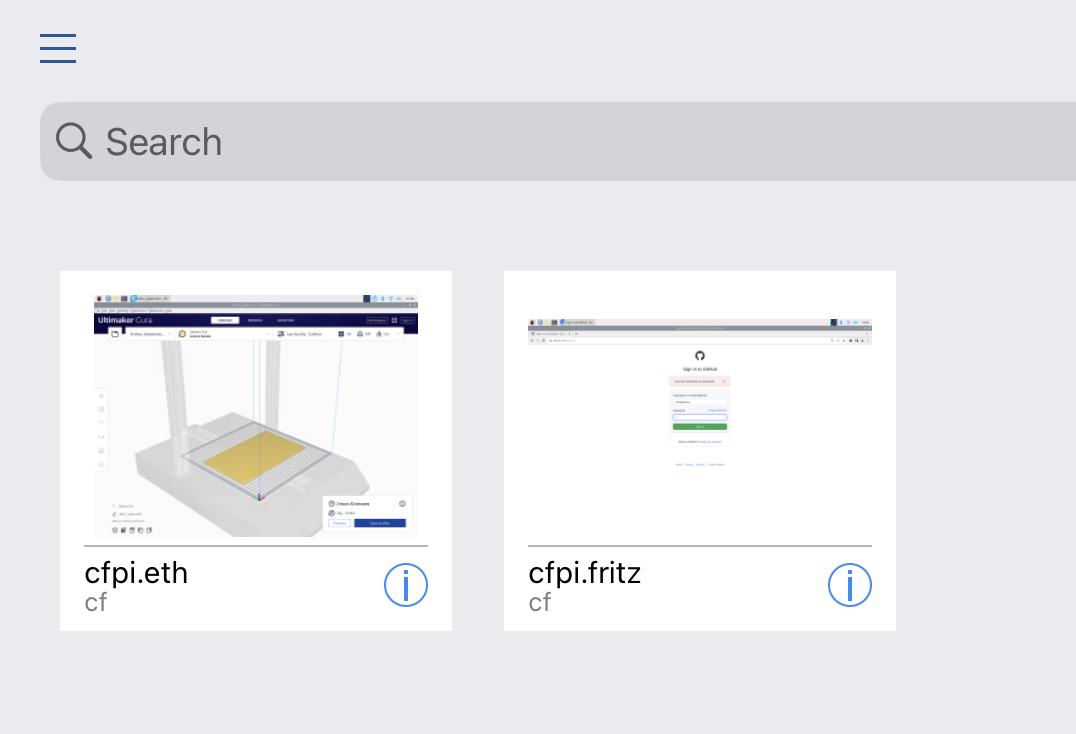
Printing the model
Here you have two options:
- using OctoPrint to control your 3d printer connected to the Raspberry Pi
- export the G-code to an USB stick
Depending on what you prefer, you can finally print your model with the help of a Raspberry Pi and the iPad.
If you want to try out OctoPrint, you’ll need to install OctoPrint manually on your Raspberry Pi, without the help of the OctoPi image.
It’s quite simple though: just follow the instructions on the OctoPrint website and you’ll be good to go.
Personal Setup
Here a quick overview of my iPad and Raspberry Pi setup:
Conclusion
This is definitely not the best setup, but the best one I found to get the job done.
I hope this article was helpful and you can now use your iPad and Raspberry Pi to 3D print your models.
 Chris
Chris